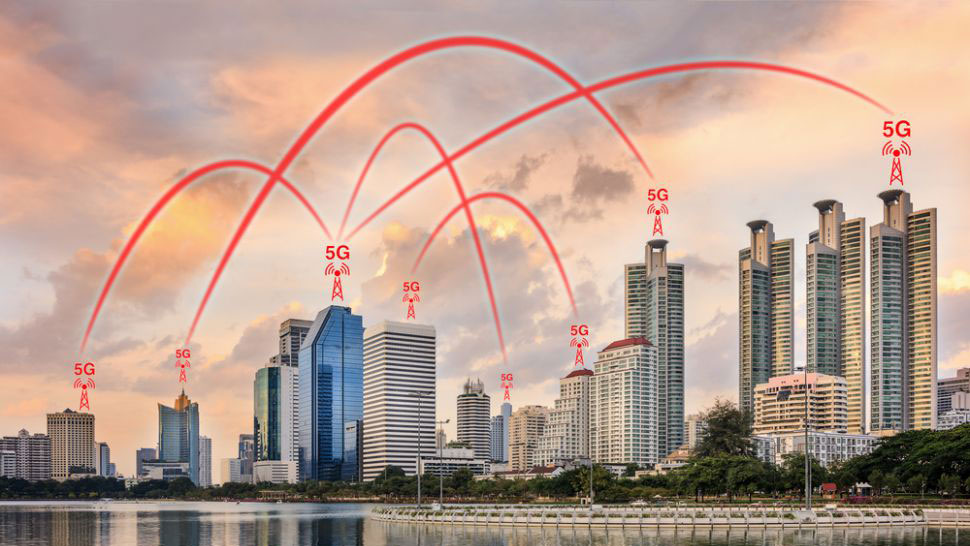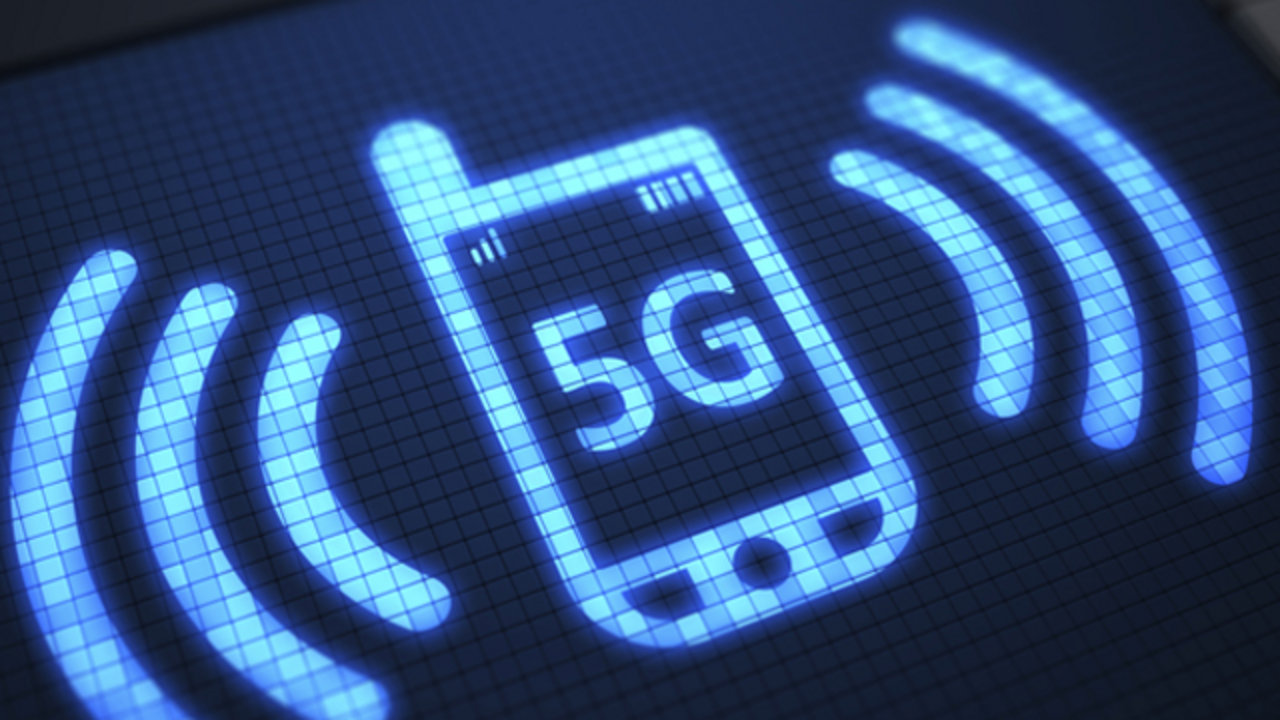Why self-driving vehicles could be the biggest winner in a 5G world
Telefónica tells us why autonomous vehicles are set to be a key 5G use case

With 5G networks now just 18 months from launching across the globe, the race is on to make the most of the next-generation technology.
5G is set to transform the way we work, live and travel, with faster and more reliable networks promising a wide range of breakthroughs. Last month, Telefonica showed off its latest brainwave, which uses 5G networks as part of a "smart city" development including autonomous minibuses that could offer a personalised experience to visiting tourists.
We sat down with Mercedes Fernández, head of innovation at Telefonica España, to find out more.

- Talk us through this new breakthrough - what benefits can this use case really offer consumers?
Last month, Telefonica, Ericsson, EasyMile and CarMedia presented the first 5G demonstrator on board the EZ10 autonomous shuttle using 3.5GHz band, a pioneering band in the use of this technology. With this use case, we open a window into the future showing how 5G capabilities can benefit autonomous driving:
· Concept of the 5th Screen: streaming of high definition content in real time while driving autonomously.
· Driverless vehicle as a work environment with virtual office applications such as video conferencing, email…
· Assistance to autonomous driving taking advantage of the high capacity and low latency of 5G technology. A stand-alone vehicle generates several Terabytes of information daily and the actions/decisions (braking, lane change, etc.) are required in a few milliseconds.
Sign up to the TechRadar Pro newsletter to get all the top news, opinion, features and guidance your business needs to succeed!

- How does Telefonica ensure the security of these new networks?
The bus is equipped with numerous sensors that allow real-time data processing and decision making within milliseconds. This makes us see the importance of latency in vehicular environments.
In terms of connectivity, 5G provides critical latency and extremely high reliability, playing a key role in security, information criticality and decision making times.
In addition, cars are currently making decisions based on the sensors built into them, we can say that it is an isolated decision without taking into account the environment. 5G enables that all cars can send information from their sensors, this way it is going to be able to make a decision based on the situation of the area in particular and not on a single car. If, in addition to this, we add the C-V2X protocol where everything, pedestrians, traffic lights and pedestrians are going to be interconnected via the mobile network, the chances of an accident occurring are going to decrease drastically.
- What advantages do 5G networks offer when it comes to autonomous vehicles?
Specifically, in the area of the autonomous vehicles, 5G has much to offer, especially regarding to high throughput and low latency, allowing the download of high quality content while in movement in a few milliseconds and enabling both the enjoyment of content in the vehicle and the so-called sensor sharing, in other words, everything "learned" by an autonomous car (up to 4TB of information per day) can be transferred to the cloud so that the rest of the actors (pedestrians, urban infrastructure, other vehicles and so on) can benefit from the experience and the most appropriate reaction to different events.
In the environment composed of a fleet of self-driving cars, there will be a need for 5G in order to manage the flow of information between the shuttles and the control center to exchange command function, videos and data. 5G will provide guaranteed maximum latency and dedicated band width, today not available in 4G environment.

- What can 5G networks bring to the smart cities of tomorrow?
Smart city concept is the logical culmination of the Internet of Things. 5G pursues many improvements but one of them has a direct impact in Smart Cities/Internet of Things: the massification of the devices. 5G 100 x multiplies the number of devices connected to 4G. This capacity combined with the extremely low latency provided by 5Gwill allow to have more efficient cities with optimal management of resource consumption, waste management, optimization of logistics and distribution, smart traffic management, etc.
- How far off is Telefonica from launching its next stage of 5G networks?
The 5G standardization has been accelerated with first 5G New Radio (NR) standard finalized in Dec 2017 and to be completed by mid 2018. First commercial 5G networks and devices based on the 3GPP standards are expected in 2019, with major network deployments from 2020. The first very few 5G devices will likely be introduced towards the end of 2018. Ericsson estimates the number of subscriptions reaching one billion by the end of 2023.
With this roadmap in mind, our plan in our 5G technological cities is to deploy the first phase 5G NR at the end of this year and the second phase 5G NR during 2019.
- What challenges are there to be overcome before 5G networks can become commonplace?
The novel fact of starting with two cities will allow us to adapt our systems with enough time and to plan the deployment in the rest of the national network in an optimal way. Many of the new features to be tested will be progressively extended to the rest of the network.
Want to find out more about 5G? Check out our dedicated 5G hub!
- Check out the best mobile deals for May 2018

Mike Moore is Deputy Editor at TechRadar Pro. He has worked as a B2B and B2C tech journalist for nearly a decade, including at one of the UK's leading national newspapers and fellow Future title ITProPortal, and when he's not keeping track of all the latest enterprise and workplace trends, can most likely be found watching, following or taking part in some kind of sport.